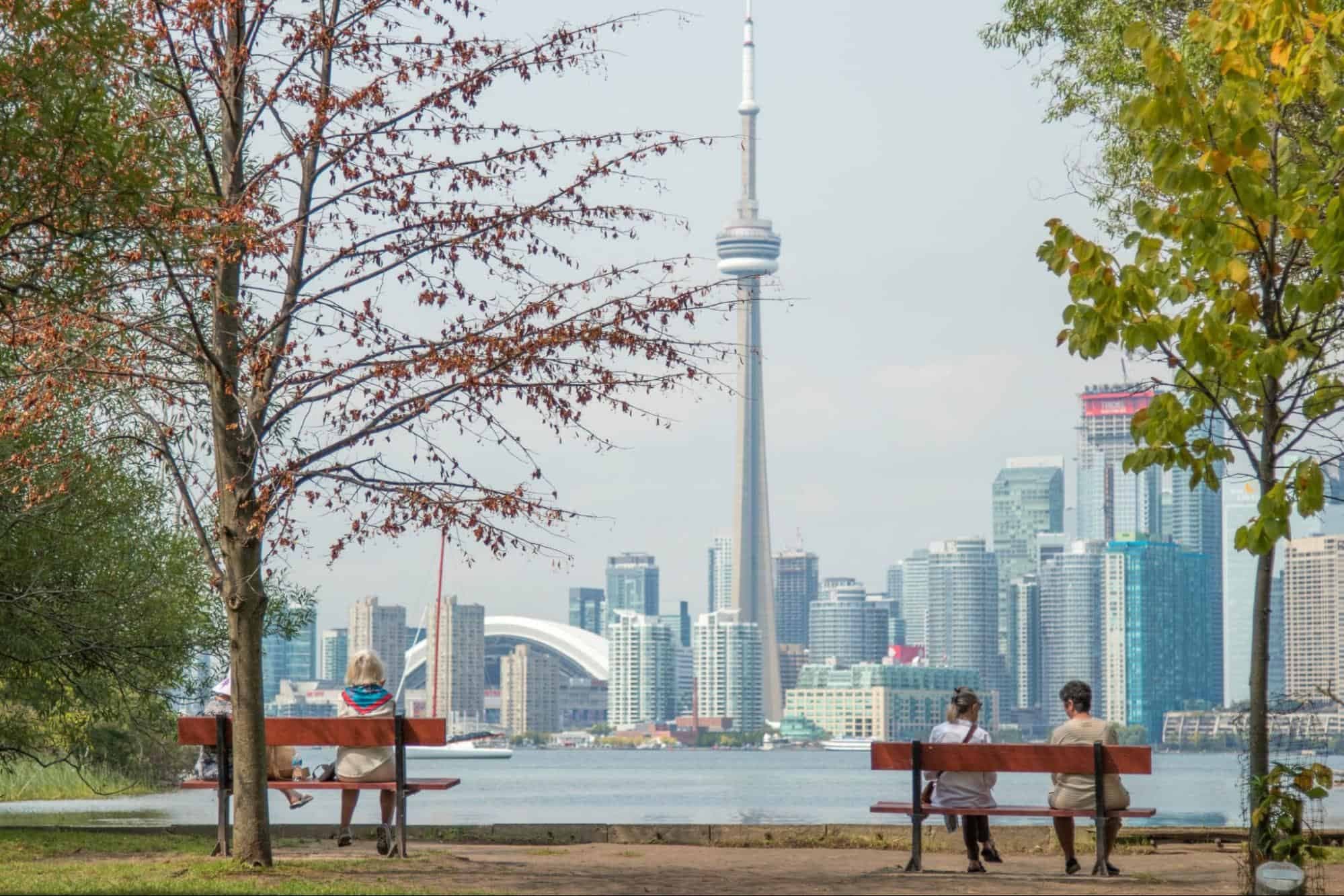Migrant Adaptation
What does migrant adaptation mean? In simple terms, it means adapting to a new place and people, accepting the local way of life, breaking through the language barrier.
Psychological studies say that the level of stress from immigration reaches a maximum of 100 points (for comparison, the death of relatives is estimated at the same level).
The adaptation of migrants includes:
- language adaptation;
- social adaptation;
- sociocultural adaptation.
Let us talk about each of them in more detail.
Language adaptation of migrants
Language adaptation is the most important. Having understood the language, a foreigner not only overcomes the language barrier, but also begins to understand the culture. Language adaptation serves as the key to the social and socio-cultural environment. A person may have been friendly and sociable in his or her usual environment. In a new country it is difficult for him to be himself, it is difficult to express his emotions and intentions in an unfamiliar language, it is difficult to understand the locals. A migrant must be able to ask questions about what is going on around him and understand the answers.
Technical skills are very important. This includes language skills, the ability to perform everyday activities independently, i.e. payments, transfers, shopping, the ability to use public transportation, and many other things. It is true that in today’s world we are greatly helped by smart gadgets that can translate different languages and make life much easier.
Without language adaptation, i.e. communicative, neither psychological nor economic adaptation is possible. There is only one way out – learn the language, communicate more with native speakers, make contact and get used to it. Only then a comfortable social life will be possible.
Social adaptation
Social adaptation of migrants is much more difficult than the language adaptation. A foreigner does not just need to learn the language. He has to be able to fulfill his social roles. For example, to be a worker. Working and communicating with the team, a migrant strives to carry the foundations and customs of his culture. When two cultures collide, there are conflicts and contradictions. And there are two ways. The first is to try to change the reality around you. To adjust it to your own culture and order. To impose the habits and customs on your colleagues at work, to reconcile them with them. The second way is to accept the norms and rules of the new society, to reconsider the way of life.
The first way is not completely feasible. A migrant comes from another country to a new one. What can he change here? A foreigner is more likely to cause problems, because they have their own values and procedures here. The second way is easier and more correct. There is no need to go against the tide. Once a migrant has decided to move to another country, he must accept its customs, social norms. Let not completely, but the main and generally accepted rules should be observed.
Sociocultural adaptation
A migrant is a bearer of his own culture. Local residents do not always accept values, stereotypes and norms of behavior of a foreigner. How quickly a migrant gets used to the culture depends on the conflicting nature of society. Some people do not tolerate migrants, others have a positive attitude, and are ready to help with joy. How quickly a foreigner assimilates into the socio-cultural environment of a country depends on several factors: nationality; behavioral stereotypes; language skills; education and level of general culture. It is also important for what purpose a migrant arrives, how he relates to his culture, and how ready he is to accept the local culture. A determining factor is society’s own attitude towards migrants. The simpler and friendlier the society is, the faster a migrant adapts.
Factors Contributing to Adaptation
The first factor is the type of migration. That is for what purpose a migrant came to a new country. If a person came voluntarily, adaptation will be faster. If a migrant is a refugee, or has problems with money and work, adaptation will be more difficult, because the person is in a state of stress. The second factor is cultural differences. Each migrant has his own culture and values, set of stereotypes, habit to act in a certain way in any situation. When cultures of the countries are close, there are not so many differences, adaptation is faster.
The third factor is the attitude of the host society. For a person to get used to his new environment, society must treat him with respect, be loyal. In this can help quality pastime, perhaps you will find common interests or hobbies, watching and discussing movies, plays, going to museums or joint parties. Also, many people find it much easier to communicate when visiting a casino, in all countries they have a very similar design, the same rules, it helps a lot psychologically. The fourth factor is age. The younger a migrant begins to get acquainted with the new culture, the faster he will adapt to it.
It is most difficult for older people who have not lived in another country for a long time to adapt.

Adaptation of migrant children
Children adapt to change more easily. The native culture has not yet had time to leave its imprint on the child’s mind. Some would say that parents are the bearers of culture. Yes, they are. But constantly being with other children, talking to them in a foreign language, the child adopts the culture of another country. Two cultures intermingle. Something children leave from their native culture, something they take over. The children’s psyche is more flexible. Learning is easy because children are open to new experiences. But children also have enough difficulties, because they move not of their own free will, but together with their parents.









